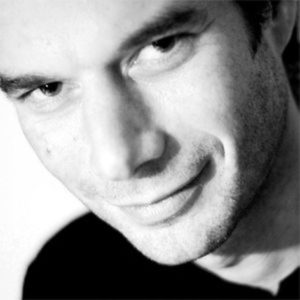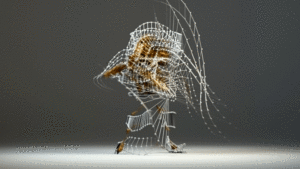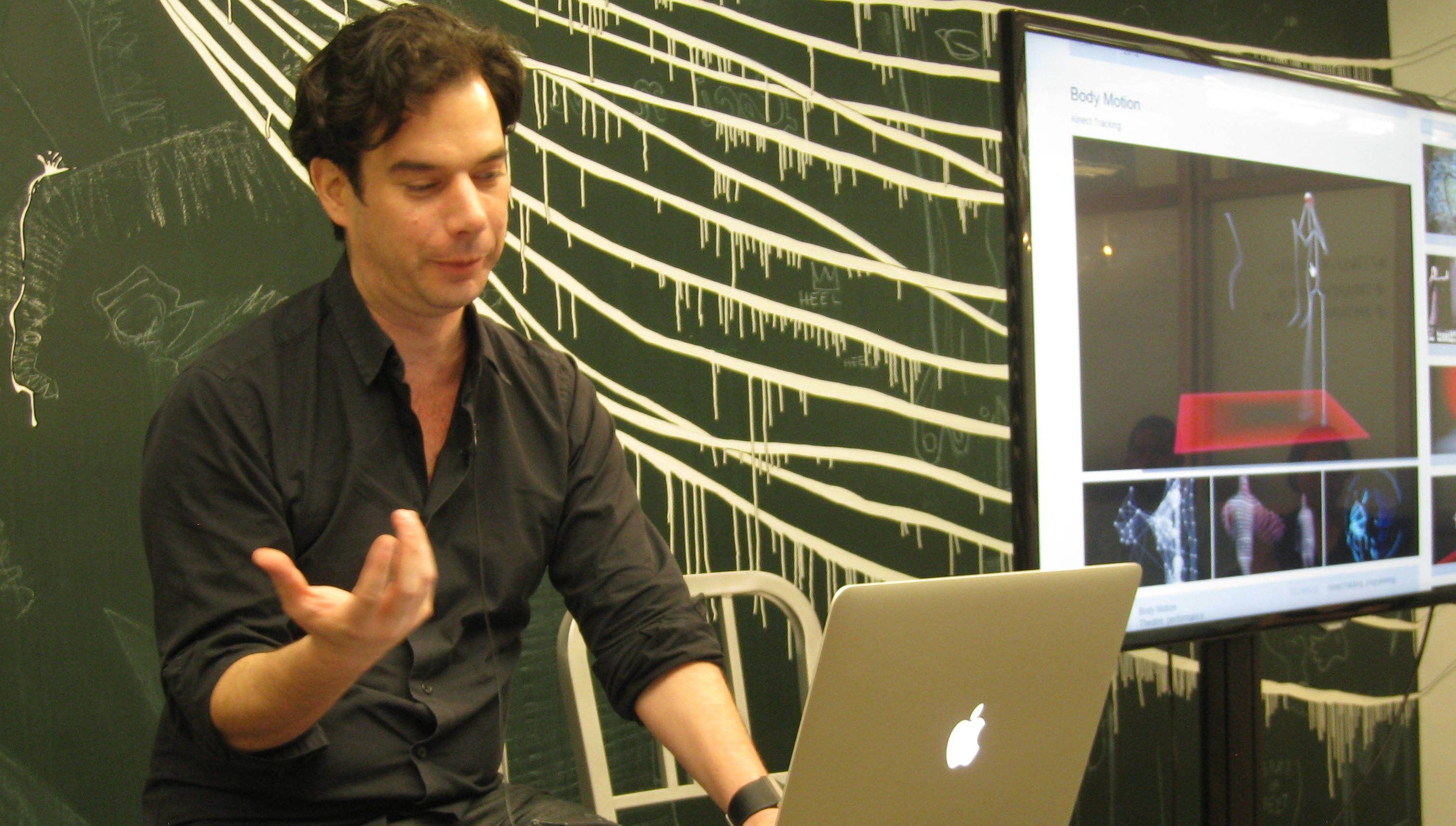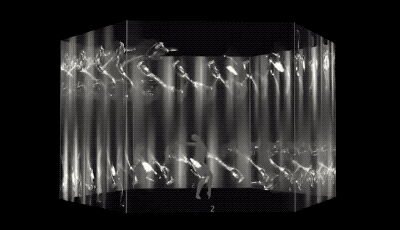Tobias Gremmler (Bio):
He started his career as media artist and designer in the early 90s. His work has been shown at Ars Electronica, Transmediale, and theatres like Volksbühne Berlin and Cultural Centre Hong Kong. He blends media art and design with traditional art forms like theatre, music and sculpture.
As Designer, he developed digital design solutions for companies such as Apple, Adidas, BMW, Samsung, Swarovski and Sony. Book publications: ‘Grids for the Dynamic Image’ 2003, ‘cyberBionic’ 2008, ‘Creative Education and Dynamic Media’ 2014.
Homepage: www.syncon-d.com
Teaching and Research: www.syncon-d.com/hk


Every medium has a different degree of intimacy that determines the individual freedom of interpretation. When you read a book, all voices and images appear in your own head. They come to existence through the imagination of the reader. Thus, each character in a book has as many different voices as readers. In cinema, the space for imagination is more constrained, as the voices and visual appearance of the characters are already predefined. Although I am working with a visual medium, I often introduce elements of incompleteness in the sense that it encourages the recipient to complete it with its own imagination.
Anna Monteverdi What is nowadays the role of the digital in the contemporary theatre? Could it completely transforme the traditional stage?
Tobias Gremmler: In “Face Visuals”, the face was mapped on geometry, which is vice versa than the work you referring. Till a certain degree, the technology is similar to projection mapping, but not real-time. I wanted to extend the visuals beyond the shape of the head, which would not be possible when projecting on a face. I’ve used similar technology more than ten years ago, so there was no need for getting inspired by Omote, although it’s a fantastic work. Apart from technical aspects, the visuals telling the story of fragmenting a persona along with the lyrics of the singer. Thus, the technology primarily serves an artistic expression.
Tobias Gremmler:Back in the early 1990s, I composed music for several theatre pieces. The methods of creating music are very similar to those I use now for creating a visual composition. Both media including aspects of rhythm and patters, contrast, variation, etc. There is an inherent coherence between both disciplines that I try to express. Through that expression, the boundaries between the disciplines starting to dissolve. It is actually this process of dissolving rather than merging that interests me. It unveils a certain structure that exist beyond the media that carries
Tobias Gremmler: Chinese theatre particular interests me because there are no gaps between singing, dancing and acting. Most of the performers have skills in all disciplines and can seamless blend between them during a play. In contrast, western theater is strictly divided into opera, dance or drama, and the performers are specialized in one of this disciplines.
When I composed music for theater, being in my early 20s, I got in touch with disciplines such as dance, lighting, costumes and stage design. I learned that each of this disciples has an almost equal impact on the final piece as the expression of a scene can be altered complete just by music or lighting. I was fascinated by this interaction and it had a huge influence of my later work. Even if I mainly focus on visuals now, it still contains aspects of lighting, dancing, costume and stage design.
There is a high degree of abstraction in Chinese theater. Every gesture, eye movement, costume color or pattern has a specific meaning, like a highly elaborated system of visual design trough witch information is encoded. As a foreigner, I have a natural distance toward this system which allows me to analyze it from a different perspective, although I found some aspects deeply resonating. There is a universal core in each theatrical expression, independent from its cultural encoding. We all feel happiness, sadness, curiosity or anger. It is just expressed differently through different cultures.
For example, in some of Robert Wilsons works one can trace a relation to Chinese theatre. The methods how information is encoded visually is somehow similar. I am not referring to the visual style but rather the visual language. In my collaborations with Chinese performance, I extract aspects of its visual language and reconstruct its grammar in a way it becomes readable across different cultures without losing its inherent meaning.



